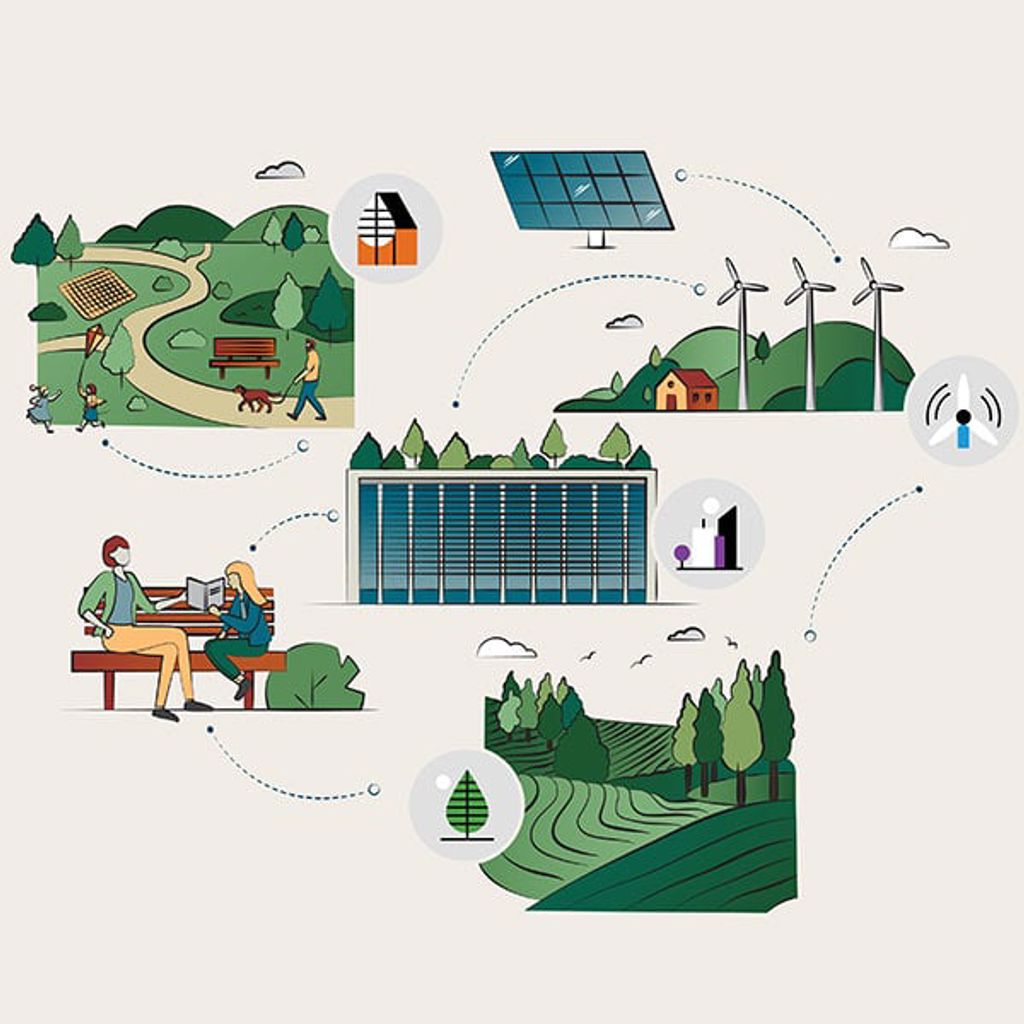To future-proof data centers, look further ahead
In a fast-moving industry, hurrying to meet present demand risks forgetting to consider the future. Around the world, governments are moving to regulate and incentivize data center operators – who are significant consumers of power – to work towards net zero through measures such as carbon pricing.
For most data centers, on-site generation is unlikely to be significant, so buying or investing in renewable energy from local utility companies will be one of a set of important decarbonization strategies. With net-zero deadlines fast approaching, it therefore makes sense as part of a wider sustainable development strategy to explore whether this is feasible in new locations and estimate the carbon cost of a data center’s power needs alongside the financial cost.
Resilience to the effects of climate change is increasingly important, and we encourage our clients to go beyond minimum requirements by considering, planning, and implementing sustainable development. Considering early how to integrate sustainable development into a data center offsets operational and financial risks to the site, enabling the full-life value of the facility to be realized.
For example, it became clear following the severe flooding South Korea experienced in 2022 and 2023 that government hydraulic flood-risk mapping, often used as the basis for designing buildings, had not kept up with the latest rainfall statistics, let alone future predictions. So protecting a data center against flooding for the next 20 years would mean going beyond current minimum requirements, quantifying the likely flood risk in the prospective location using forward-looking projections, and designing in reasonable safeguards to protect the development’s value. Sustainable development is thus not only about doing the responsible thing for the environment and society at large, but also helping to enhance and retain a development’s investment and long-term value.
Climate change also threatens data centers’ operations. And this too depends on the local context. In water-scarce areas, it could become harder to access water to cool the data center, or local utilities that rely on that water for hydroelectric power may impose constraints. Where temperatures are rising quickly, equipment installed today may soon become undersized, or space allocated for these systems could be insufficient to add more equipment. Assessing the data center in its local context, both now and throughout the anticipated life of the facility, is essential to its longevity and to help ensure the facility can remain operational and profitable.
A reference design is a useful tool, but there really is no one-size-fits-all solution, so developing a strategy to localize as a pre-development plan is the best way to achieve strong returns now, next year, and in the long term.










